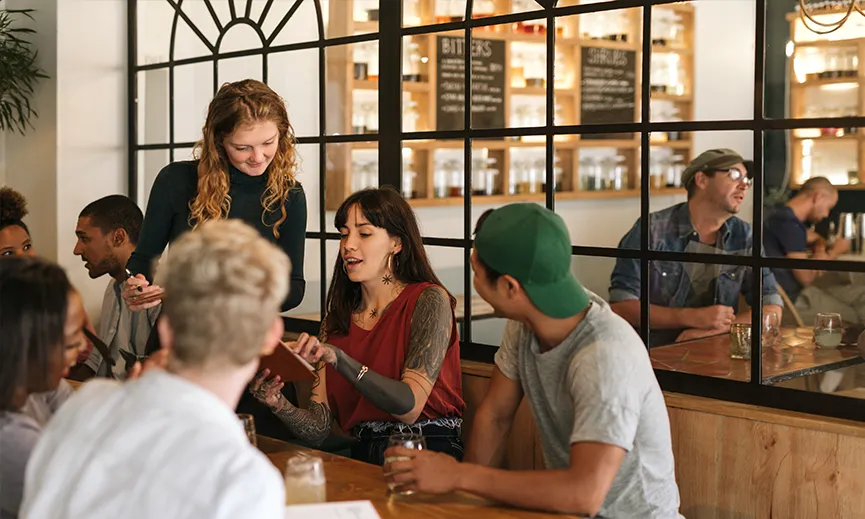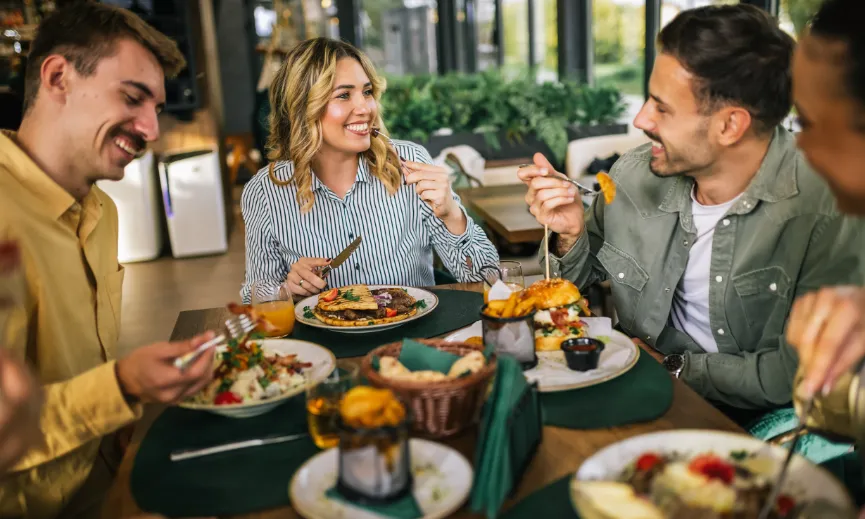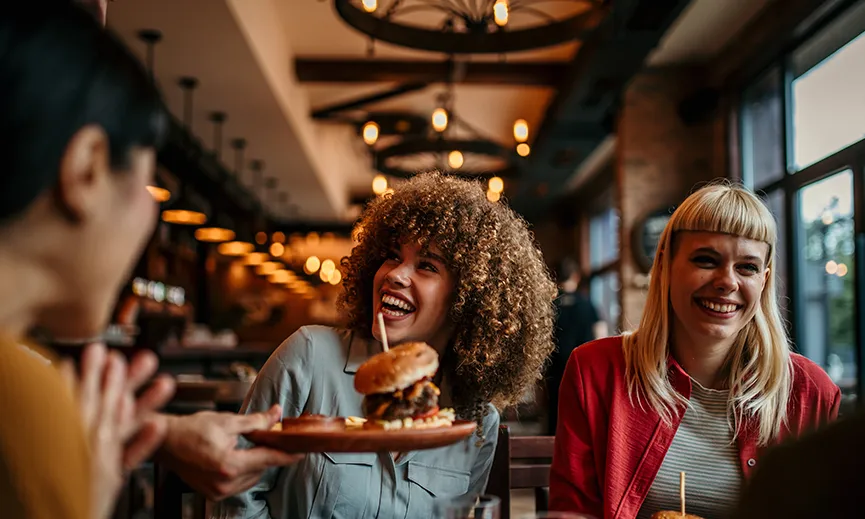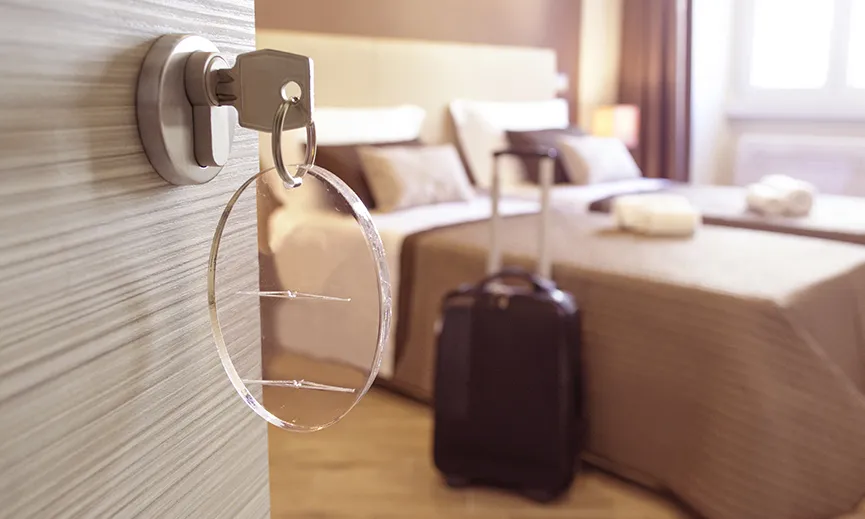
How important are effective comms in building customer relationships?
Back in 1995, when Pulp was in the charts with Common People and Pierce Brosnan made his Bond debut in GoldenEye, Tesco trialled a ‘thank you’ card. It rewarded the customers who chose its stores by giving them 1% off their bill. This was, of course, the genesis of the Tesco Clubcard.
Now, Tesco’s loyalty scheme is hailed as one of the most successful in the UK retail market and more than 20 million people hold a Clubcard. The offer has evolved over time, of course. Competition has put its own pressures on the scheme and factors such as the current economic crisis have helped shape and change it over time too.
This latter point is currently highly relevant to hospitality businesses looking to capitalise on loyalty at the moment, with the current cost-of-living crisis having an impact on consumer behaviours and their expectations of brands.
Our insight shows, for example, that 16% of consumers are less loyal to hospitality brands since the start of the cost-of-living crisis and more than half of people (52%) admit they have higher expectations of the brands they are loyal to because of ongoing cost pressures.
Our research also shows that loyalty schemes may not be a primary reason for consumers to return to a venue again and again – but they can have a role to play in building loyalty and driving revenue.
One of the key aspects of a loyalty scheme, then, should be increasing the perception of value customers have towards your brand. However it’s important to note that ‘better value’ doesn’t necessarily mean ‘cheaper’, just that your offering presents the right value for money for your target audience. As Mark Derry, Chairman at The Heartwood Collection puts it–“Not all discounts are a bad thing. If you have evenings when your venue isn’t full and you offer a discount that gets loyal customers through the door and feeling special then, as a mechanic that delivers on business requirements, that works.”
Gusto: Launching a Subscription-Based Membership Scheme in a Cost of Living Crisis
In March 2024, Gusto became the UK’s first casual dining brand to launch a subscription-based membership programme. The Gusto Platinum Club is £65 a year, or £6 monthly, and members receive 40% off food from Sunday to Thursday for themselves and up to three guests. Members also receive a complimentary bottle of Prosecco to take home upon sign-up and exclusive invites to menu launches.
This model not only rewards loyal customers but also encourages dining out during quieter days of the week – and it has been a success for the brand.
In the months following the launch, frequency of visits doubled. There was also a noticeable increase in spend, with customers opting for nicer bottles of wine, or going for two rounds of cocktails, all thanks to the 40% discount off food.
Key takeaways
Whilst loyalty schemes alone may not be a guaranteed driver of repeat visits, they can play a powerful role in enhancing the value of your offering. As Gusto’s success with their subscription scheme shows, combining compelling promotions with a loyalty reward structure that gives customers what they want can be a great way of both rewarding customers already loyal to your business, as well as building new brand advocates.

How important are effective comms in building customer relationships?

GO Technology: Why 6:12pm is the new 8pm

How can smaller hospitality businesses make loyalty work?

How to nurture loyal customers

Pub Accommodation Review 2025

The evolution of loyalty schemes in hospitality

Seamless stays and smooth operations: The impact of Zonal PMS on pub accommodation

Does customer loyalty even exist?

What is loyalty?